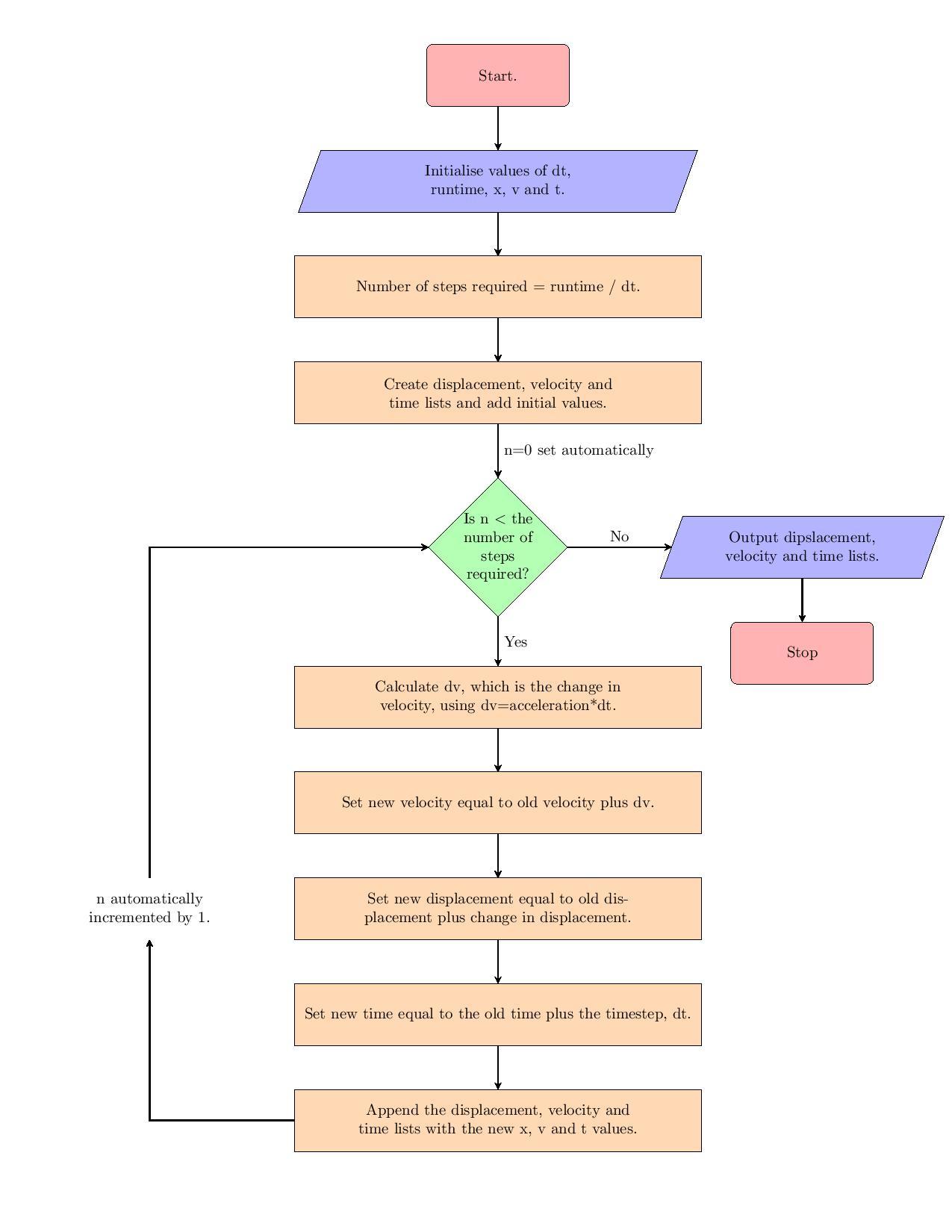This repository focuses on Materials Science and its application in modeling mechanical systems like pendulums and shock absorbers. It includes algorithms, images, and Python code to simulate and visualize various physical systems, providing insights into their behavior through computational methods.
- Introduction
- Pendulum System Modeling
- Shock Absorber System
- Flowchart and Algorithm
- Files in the Repository
- Getting Started
- Installation
- Contributing
- License
This repository showcases Materials Science modeling for mechanical systems like pendulums and shock absorbers. By leveraging computational tools such as Python, we can simulate their motion and predict their physical behavior under different conditions. The repository includes:
- Pendulum system analysis: Simulating pendulum motion and forces.
- Shock absorber modeling: Exploring the behavior of damped oscillations in mechanical systems.
- Flowcharts: Algorithm visualizations to represent system processes.
The pendulum is a classic example used in physics to demonstrate simple harmonic motion. This repository includes detailed visualizations and simulations of pendulum motion, including forces acting on the pendulum at different points in its swing.
Explore the simulations in the provided Jupyter Notebook file: [Materials Modeling for Materials Science.ipynb](./Materials Modeling for Materials Science.ipynb).
The shock absorber system models the damping and oscillation behavior of mechanical systems. The repository includes a visual representation of a shock absorber, as well as computational methods for simulating its damped motion.
The system helps understand how mechanical energy is dissipated and how damping affects oscillations in real-world systems, such as vehicle suspension.
The algorithm and flowchart provided in this repository visually represent the process for simulating motion, such as in the pendulum system. It outlines the steps involved in computing displacement, velocity, and acceleration over time.
This flowchart is a helpful guide for understanding the computational workflow used in the simulations.
Materials Modeling for Materials Science.ipynb: A Jupyter notebook containing Python code for simulating pendulum motion and shock absorber systems.F_pendulum1.jpgandF_pendulum2.jpg: Images of pendulum forces.shock_absorber.jpg: A visual representation of a shock absorber.alg1.jpg: A flowchart outlining the steps in the algorithm for simulating mechanical systems.
You will need the following software and libraries to run the simulations and visualizations:
- Python 3.x
- NumPy for numerical calculations
- Matplotlib for data visualization
- Jupyter Notebook (optional, for running the provided
.ipynbfiles)
-
Clone the repository:
git clone https://github.com/smahala02/Materials-Science-Materials-Modeling.git
-
Install the required Python libraries:
pip install numpy matplotlib
-
Open the Jupyter notebook to explore the simulations:
jupyter notebook 'Materials Modeling for Materials Science.ipynb'
Contributions to this repository are welcome! If you have ideas for new simulations or improvements to the existing models, feel free to submit a pull request.
- Fork the repository.
- Create a new branch (
git checkout -b new-feature). - Commit your changes (
git commit -m 'Add new feature'). - Push to the branch (
git push origin new-feature). - Open a pull request.
This repository is licensed under the MIT License. See the LICENSE file for more information.



